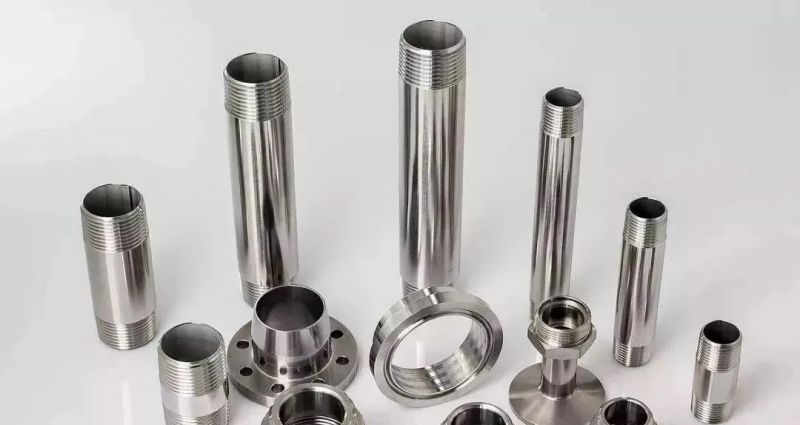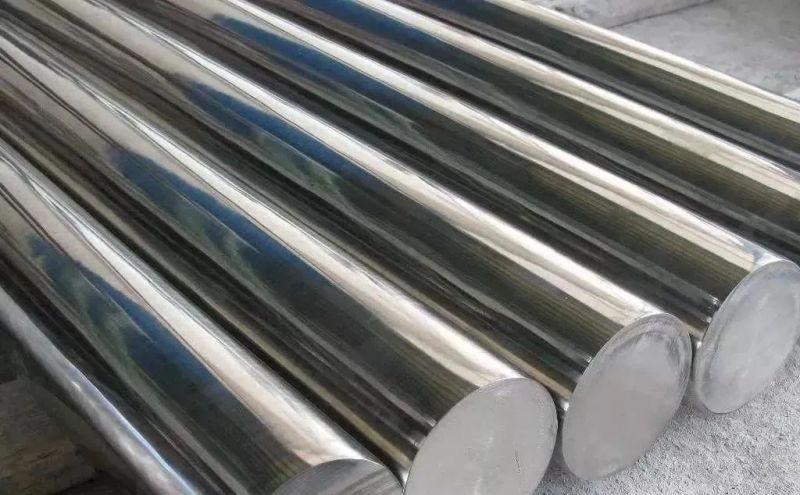Welding is a process in which the materials of the workpieces to be welded (same or different types) are combined by heating or pressure or both, with or without filler materials, so that the materials of the workpieces are bonded between atoms to form a permanent connection. So what are the key points and precautions for stainless steel welding?
Xinfa welding equipment has the characteristics of high quality and low price. For details, please visit: Welding & Cutting Manufacturers - China Welding & Cutting Factory & Suppliers (xinfatools.com)

What electrodes are used to weld stainless steel?
Stainless steel welding rods can be divided into chromium stainless steel welding rods and chromium-nickel stainless steel welding rods. Those two types of welding rods that meet the national standard will be assessed according to the national standard GB/T983-2012.
Chromium stainless steel has certain corrosion resistance (oxidizing acids, organic acids, cavitation), heat resistance and corrosion resistance. Usually selected as equipment materials for power stations, chemical industry, petroleum and so on. However, chromium stainless steel generally has poor weldability, so attention should be paid to the welding process, heat treatment conditions and the selection of appropriate welding rods.
Chromium-nickel stainless steel welding rods have good corrosion resistance and oxidation resistance and are widely used in chemical industry, fertilizer, petroleum, and medical machinery manufacturing. In order to prevent intergranular corrosion due to heating, the welding current should not be too large, which is about 20% less than that of carbon steel electrodes. The arc should not be too long, and the interlayers will cool quickly. A narrow weld bead is suitable.
Key points and precautions for stainless steel welding
1. Use a power supply with vertical external characteristics, and use positive polarity for DC (the welding wire is connected to the negative pole)
1. It is generally suitable for welding thin plates below 6mm. It has the characteristics of beautiful welding seam shape and small welding deformation.
2. The protective gas is argon with a purity of 99.99%. When the welding current is 50~150A, the argon gas flow is 8~10L/min; when the current is 150~250A, the argon gas flow is 12~15L/min.
3. The protruding length of the tungsten electrode from the gas nozzle is preferably 4 to 5 mm. In places with poor shielding such as fillet welds, it is 2 to 3 mm. In places with deep grooves, it is 5 to 6 mm. The distance from the nozzle to the work is generally not more than 15mm.
4. In order to prevent the occurrence of welding pores, any rust, oil stains, etc. on the welding part must be cleaned.
5. The welding arc length is preferably 2~4mm when welding ordinary steel, and 1~3mm when welding stainless steel. If it is too long, the protection effect will be poor.
6. During butt bonding, in order to prevent the back side of the bottom weld bead from being oxidized, the back side also needs to be protected by gas.
7. In order to make the argon gas well protect the welding pool and facilitate the welding operation, the center line of the tungsten electrode and the workpiece at the welding location should generally maintain an angle of 80~85°, and the angle between the filler wire and the surface of the workpiece should be as small as possible. Generally it is about 10°.
8. Windproof and ventilated. In windy areas, be sure to take measures to block nets, and take appropriate ventilation measures indoors.
2. Key points and precautions for MIG welding of stainless steel
1. Use a flat characteristic welding power source, and use reverse polarity for DC (welding wire is connected to the positive electrode)
2. Generally, pure argon (99.99% purity) or Ar+2%O2 is used, and the flow rate is preferably 20~25L/min.
3. Arc length. MIG welding of stainless steel is generally welded under spray transition conditions, and the voltage should be adjusted to an arc length of 4 to 6 mm.
4. Windproof. MIG welding is easily affected by wind, and sometimes breeze can cause pores. Therefore, wind protection measures should be taken wherever the wind speed is above 0.5m/sec.

3. Key points and precautions for stainless steel flux cored wire welding
1. Use flat characteristic welding power source, and use reverse polarity during DC welding. You can use an ordinary CO2 welder to weld, but please loosen the pressure on the wire feed wheel slightly.
2. The protective gas is generally carbon dioxide gas, and the gas flow rate is 20~25L/min.
3. The appropriate distance between the welding tip and the workpiece is 15~25mm.
4. Dry extension length, the general welding current is about 15mm when the welding current is below 250A, and about 20~25mm when the welding current is above 250A is more suitable.
Post time: Dec-28-2023



